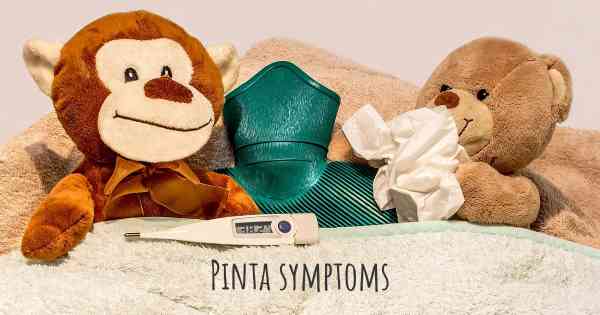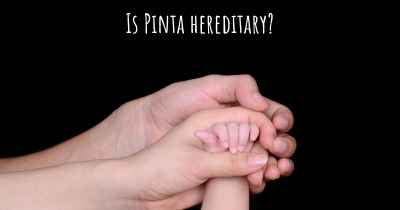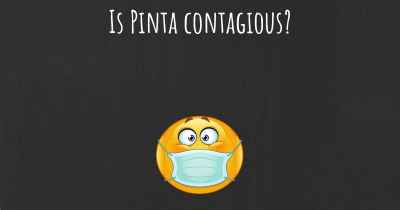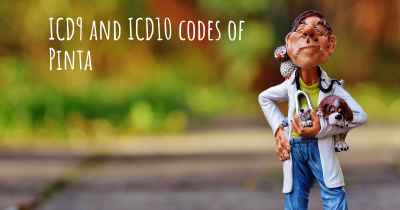Which are the symptoms of Pinta?
See the worst symptoms of affected by Pinta here

Pinta is a bacterial infection caused by the bacterium Treponema carateum. It primarily affects the skin, leading to the development of characteristic skin lesions. Pinta is endemic to certain regions of Central and South America, particularly in rural areas with limited access to healthcare facilities and poor sanitation.
Symptoms:
The symptoms of Pinta typically appear within a few weeks to several months after exposure to the bacterium. The disease progresses in stages, each characterized by distinct symptoms:
Primary Stage:
- Primary Lesion: The initial sign of Pinta is the appearance of a small, painless, red or pinkish skin lesion known as a "pintid." This lesion usually develops on exposed areas of the body, such as the arms, legs, face, or neck. The pintid gradually enlarges and may become scaly or crusted.
Intermediate Stage:
- Secondary Lesions: If left untreated, Pinta progresses to the intermediate stage. During this stage, multiple secondary lesions develop on the skin. These lesions are larger and more widespread than the primary lesion. They may be flat or raised, and their color can vary from red to brown.
- Hyperpigmentation: The affected skin may also exhibit areas of hyperpigmentation, where the skin becomes darker than the surrounding healthy skin.
- Scaling and Crusting: The secondary lesions may develop scales or crusts, which can cause itching and discomfort.
Late Stage:
- Depigmentation: In the late stage of Pinta, the affected skin may lose its pigmentation, resulting in white patches or depigmented areas.
- Thickened Skin: The skin in the affected areas may become thickened and rough.
- Joint and Bone Involvement: In some cases, Pinta can affect the joints and bones, leading to pain, swelling, and limited mobility.
Other Symptoms:
In addition to the characteristic skin lesions, individuals with Pinta may experience other symptoms, including:
- Lymph Node Enlargement: Swollen lymph nodes near the site of the infection may occur.
- Fever: Some individuals may develop a low-grade fever.
- General Malaise: A feeling of overall discomfort, fatigue, or unease may be present.
Diagnosis and Treatment:
Diagnosing Pinta involves a thorough examination of the skin lesions and a review of the individual's medical history, including potential exposure to the bacterium. Laboratory tests, such as microscopic examination of skin scrapings or serological tests, may be performed to confirm the diagnosis.
Treatment for Pinta typically involves the administration of antibiotics, such as penicillin or tetracycline, for a specified duration. Early treatment is crucial to prevent the progression of the disease and the development of complications.
Prevention:
Preventing Pinta primarily involves improving sanitation and hygiene practices in endemic areas. This includes promoting access to clean water, encouraging regular bathing, and educating communities about the importance of personal hygiene. Additionally, early detection and treatment of cases can help prevent the spread of the infection.








